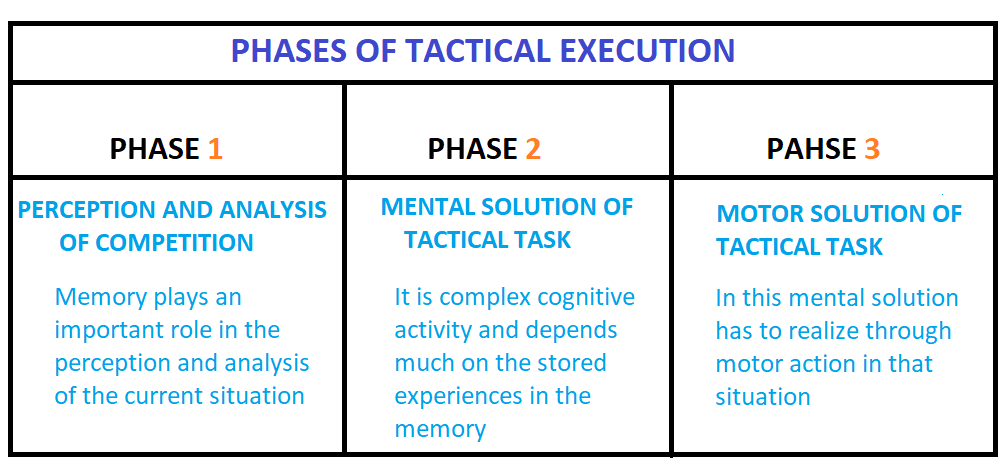The atmosphere surrounding the United States Men`s National Team (USMNT) is unmistakably charged. A recent 2-0 defeat to South Korea has cast a long shadow, prompting widespread scrutiny of every tactical nuance and player performance. As the squad steel themselves for a significantly sterner test against Japan – the formidable “Samurai Blue,” currently ranked 17th globally – the imperative to not just perform, but to perceptibly evolve, has reached a fever pitch. Coach Mauricio Pochettino advocates for patience, a noble sentiment, yet in the relentless arena of international football, strategic audacity frequently resonates louder than measured contemplation.
The encounter with South Korea served as an unambiguous signal: the existing tactical framework is not consistently delivering the desired outcomes. Despite fleeting moments of individual brilliance, the team as a cohesive unit struggled to assert control, both in shoring up their defense and in sustaining an incisive offensive threat. To confront a side of Japan`s caliber with the mere hope of an improved execution from an identical setup borders less on strategy and more on an exercise in optimism. The central question, therefore, transcends whether adjustments are necessary; it zeroes in on which specific alterations possess the potential to genuinely shift the paradigm.
The Case for the Back Three: A System Engineered for Impact
Amidst the recent period of introspection, a compelling tactical indicator emerged: the USMNT`s late-game transition to a three-man defensive system (often colloquially termed a “back three” or variations like a “3-4-3/3-5-2”) during the South Korea fixture. This was more than a reactive adjustment; it seemed to infuse the team`s play with a renewed vigor and strategic clarity. The integration of Chris Richards alongside Tim Ream and Tristan Blackmon to forge a robust defensive trident unleashed a series of advantages that could very well be the precise antidote the USMNT currently requires.
Inherently, a back three offers enhanced defensive solidity, empowering central defenders to command greater areas and manage aerial challenges with increased efficacy. However, its true transformative power lies in the strategic freedom it grants further up the pitch. With three dedicated central defenders providing a foundational anchor, the traditional full-backs are liberated to assume the mantle of “wing-backs.” These roles demand them to become dynamic offensive conduits. Consider the potential of players like Sergino Dest and Tim Weah in these positions. Both possess the requisite speed, dribbling acumen, and crossing proficiency to persistently trouble opposition defenses. In a conventional four-man defensive alignment, their attacking proclivities can occasionally create defensive vulnerabilities; within a back three, they are explicitly tasked with driving forward, secure in the knowledge of substantial cover behind them. This system is designed to amplify their strengths, converting potential defensive exposures into potent offensive assets.
Unleashing Offensive Potential and Anchoring the Defense
The offensive dividends reaped from such a tactical shift are undeniably persuasive. With wing-backs stretching the play wide, attackers such as Alex Freeman and the prolific Folarin Balogun discover greater expanses of space and receive superior service in central attacking zones. Balogun, whose efforts saw him pepper South Korea`s goal with numerous shots, could flourish with an augmented supply line, translating those opportunities into crucial goals. Midfield orchestrators like Christian Pulisic, Luca De La Torre, Tyler Adams, and Sebastian Berhalter would similarly benefit from a more balanced and supportive structure, enabling both heightened creative expression and simultaneous defensive resilience.
Crucially, the back three isn`t merely a promise of attacking dynamism; it also fortifies the one area that has consistently demonstrated unwavering strength: goalkeeping. Matt Freese has been a revelation, consistently starting every match since the Gold Cup and exemplifying the dependable consistency that forms the bedrock of any aspiring elite team. His reliable presence offers a steadfast last line of defense, affording outfield players the confidence to implement tactical adjustments. To withdraw him from the starting eleven at this juncture would, to put it mildly, represent a rather peculiar strategic choice.
Pochettino`s Moment of Truth: Patience, or Pragmatism?
Mauricio Pochettino stands at a critical juncture. While fostering team cohesion and nurturing long-term development are undeniably laudable objectives, the immediate reality dictates a high-stakes, must-perform scenario against Japan. The ramifications are considerable, and the opportunity to rigorously test a promising tactical adjustment against a truly top-tier opponent is simply too valuable to allow to pass. When established methodologies fail to yield the desired outcomes, and a viable, recently glimpsed alternative shows flickers of genuine promise, the logical path forward appears disarmingly clear.
One might even detect a faint echo of irony: for a team that has, by numerous accounts, been “tailor-made to play a back three for a while,” any further delay in fully embracing this system appears almost as a defiant act. In an environment where the alternative is merely a continuation of recent struggles, there is remarkably little to lose through strategic experimentation. If the time for boldness isn`t now, against an opponent guaranteed to expose any lingering vulnerabilities, then when precisely will that opportune moment arrive?
The forthcoming encounter in Columbus transcends the typical definition of an international friendly. It represents a crucible for the USMNT, a dual opportunity to both rigorously assess their standing against formidable global competition and to actively forge a renewed tactical identity. A decisive pivot to a three-man defense could very well be the pivotal catalyst that ignites their campaign, transforming a period of pervasive uncertainty into a clear, compelling pathway toward sustained success.

